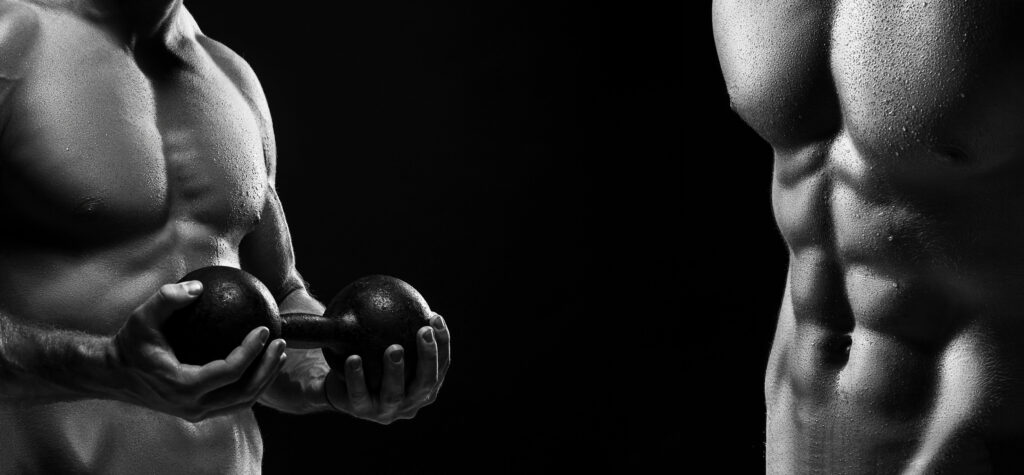A plank is a fantastic bodyweight exercise that primarily targets the core muscles, including the rectus abdominis (commonly known as the “six-pack” muscle), the obliques, and the transverse abdominis. The plank also engages muscles in the shoulders, chest, and back to some extent.
When you hold a plank position for an extended period, such as 2 minutes, your muscles are subjected to a type of tension called isometric tension. Isometric exercises are those where the muscle length doesn’t change, and there’s no visible movement in the joint it controls. In a plank, your core muscles are continuously contracted to maintain the position and counteract gravity, but they aren’t lengthening or shortening like they would during crunches or sit-ups.
Does it create muscle? Yes, to some extent. Regularly holding a plank can strengthen your core muscles. As with any exercise, consistency and progressive overload are keys to muscle development. If you consistently perform a 2-minute plank daily, you’ll likely notice an increase in endurance and strength over time. As your muscles adapt, they can become more resilient and may appear more toned.
However, to truly develop and make those muscles more visible, especially the coveted six-pack, a multifaceted approach is essential. This means incorporating a variety of exercises that target the core muscles from different angles, gradually increasing the intensity, and adding resistance or weights when necessary. Moreover, nutrition and overall body fat percentage play a significant role in the visibility of muscles. Even if you have strong abdominal muscles, a layer of fat can obscure them. Thus, a combination of strength training, cardio, and a balanced diet is crucial.
While a 2-minute plank daily can indeed contribute to muscle strengthening and endurance, it’s just one piece of the puzzle. For optimal muscle growth and visibility, a well-rounded fitness regimen combined with proper nutrition is the best approach.

